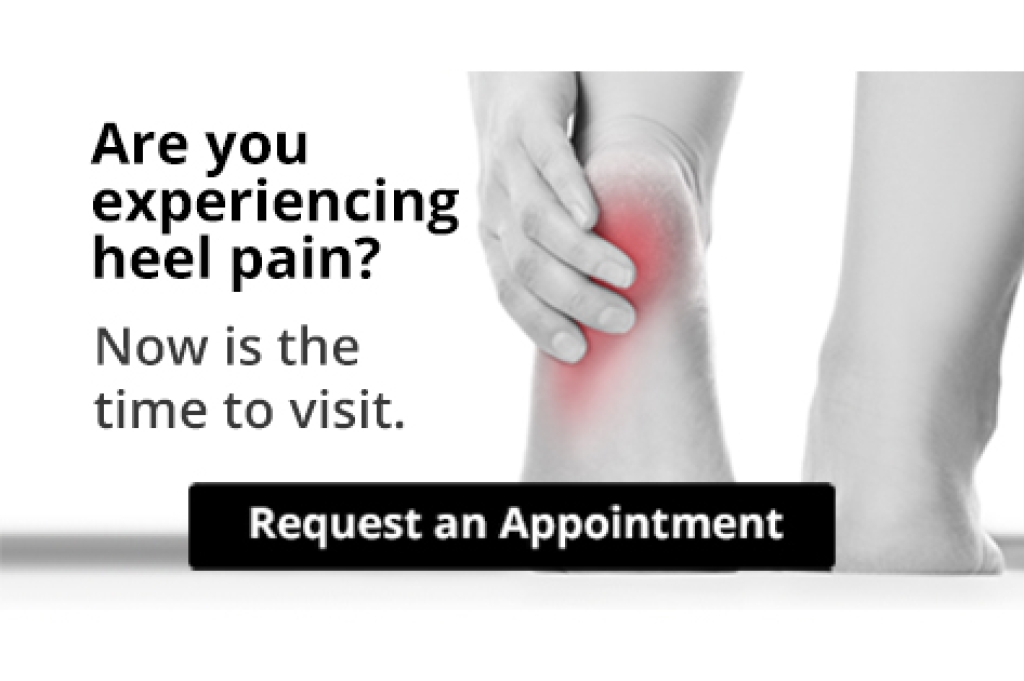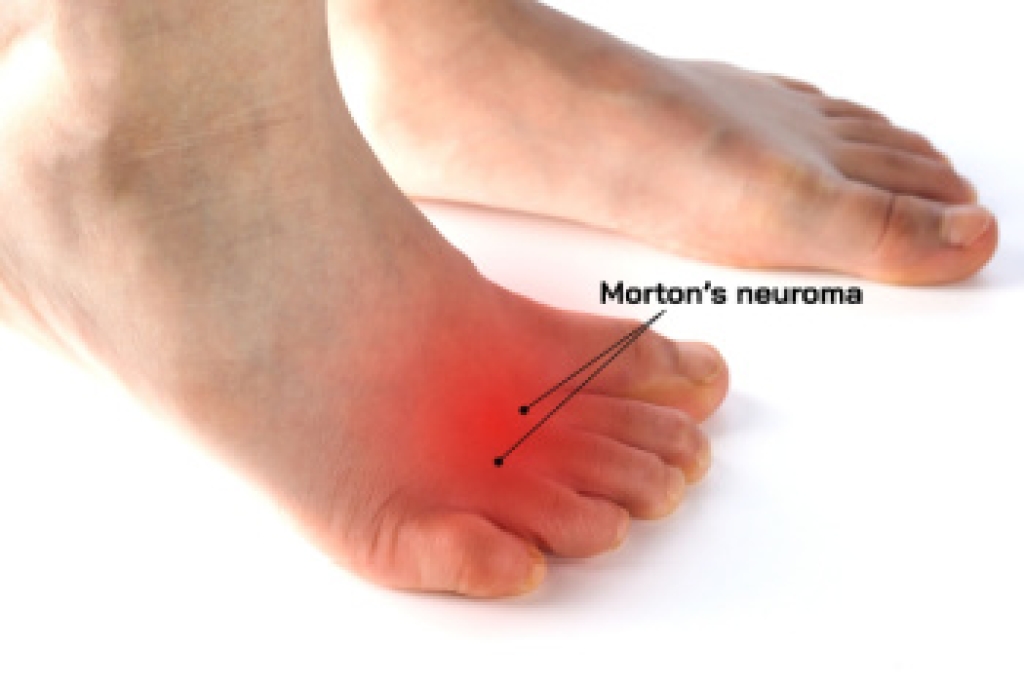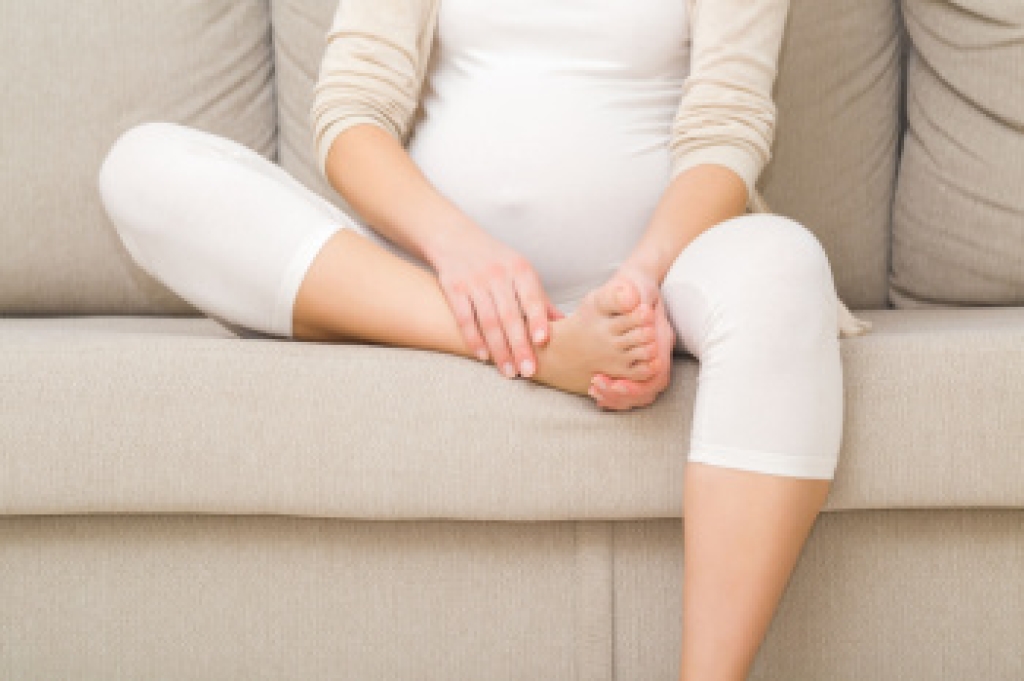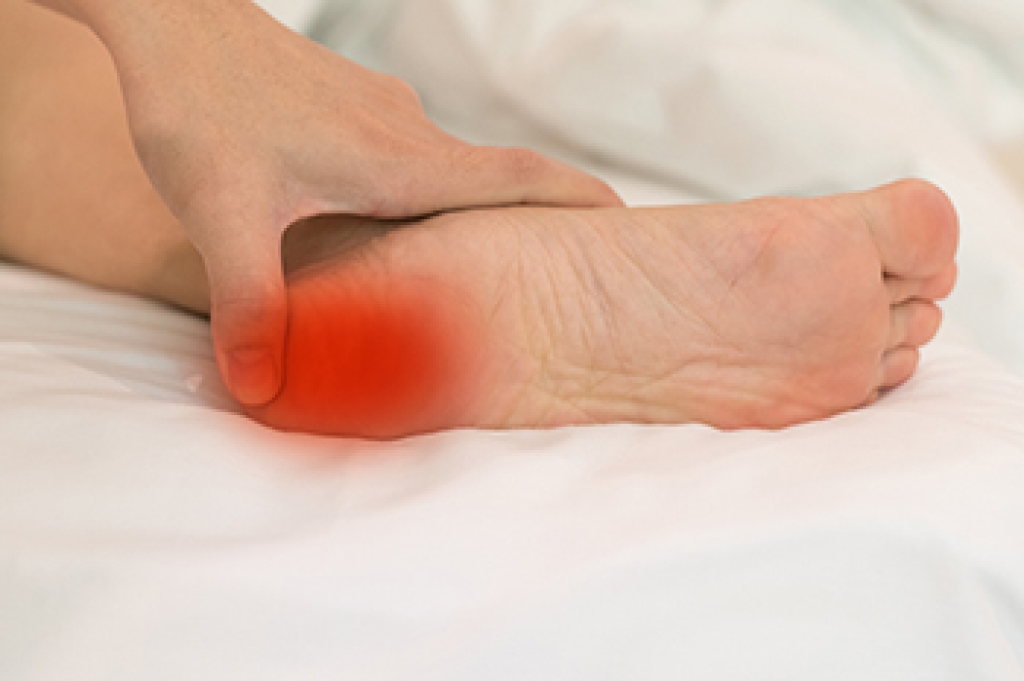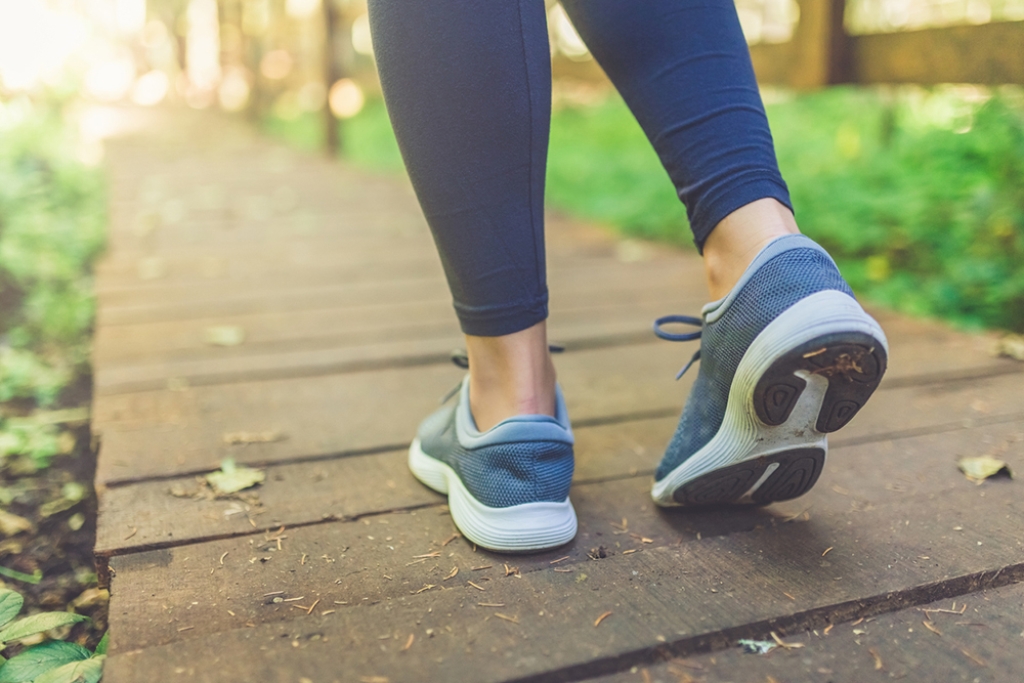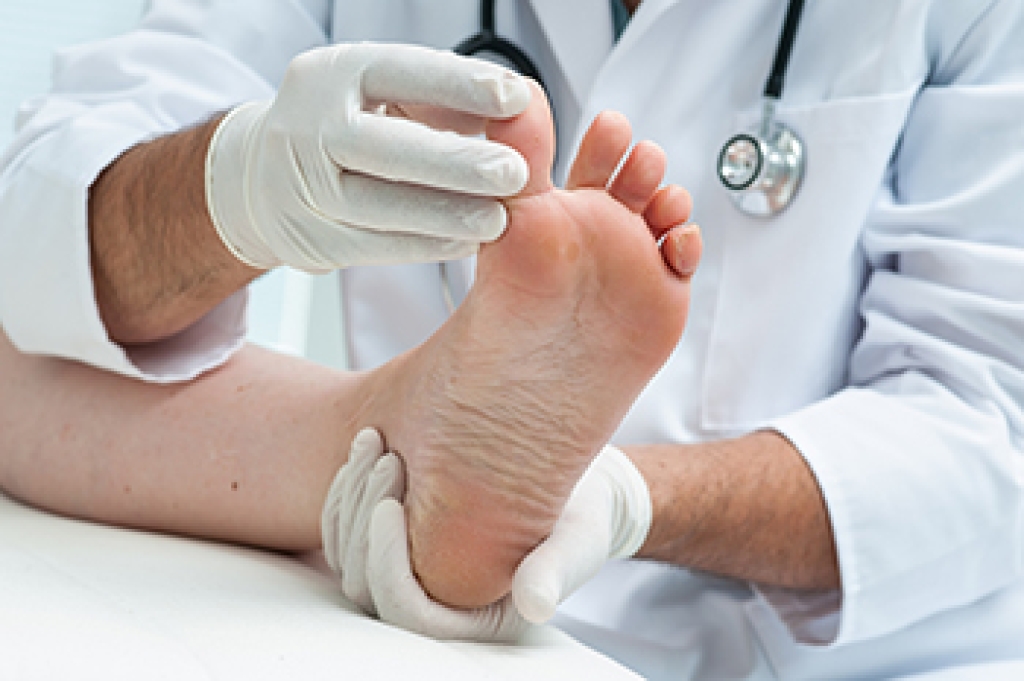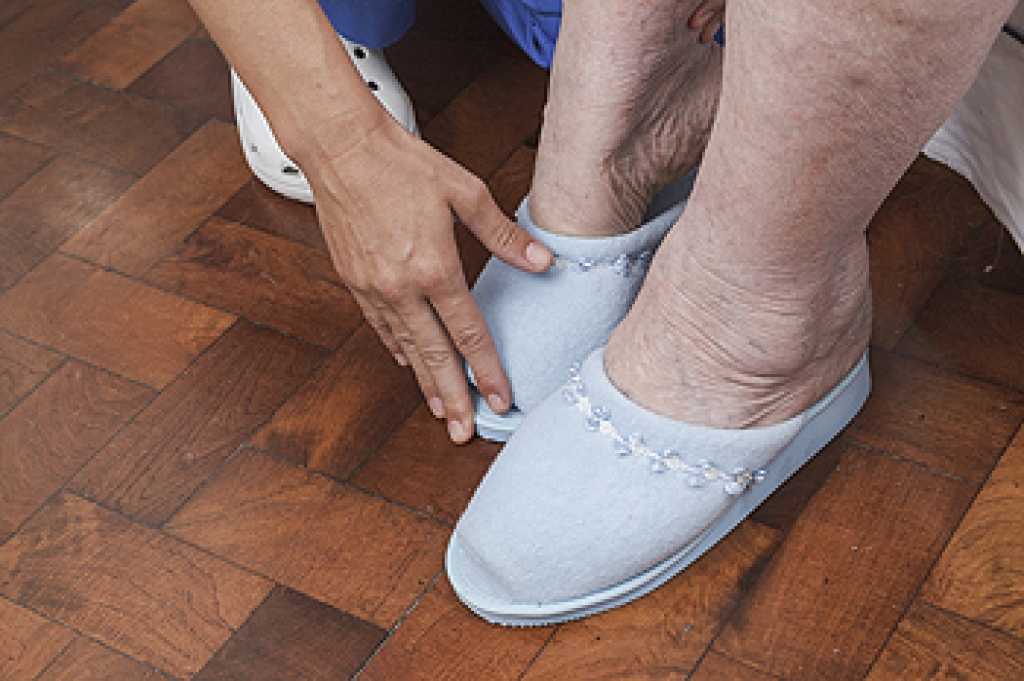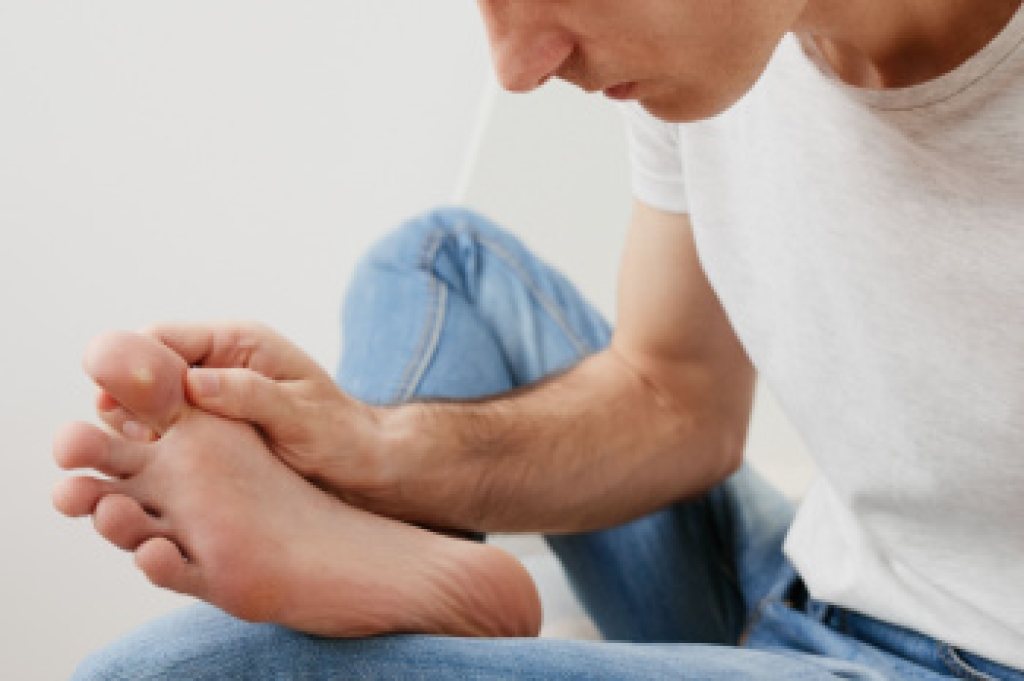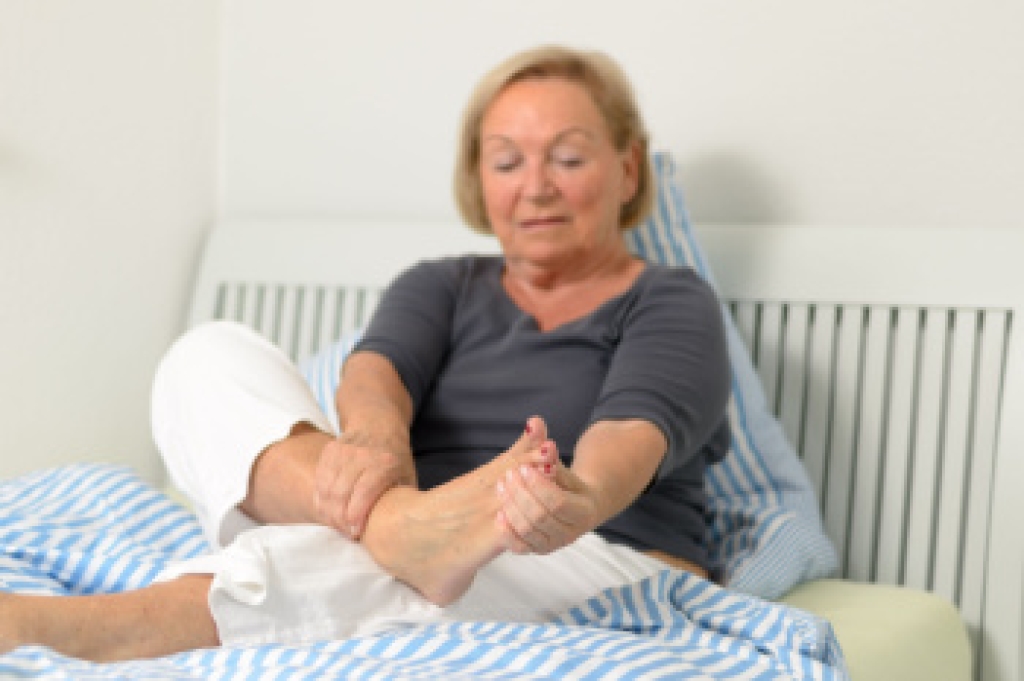
Gout is often considered a condition that primarily affects men, but it can also impact women, particularly after menopause. This painful form of arthritis is caused by a buildup of uric acid in the body, leading to the formation of crystals in the joints. For women, hormonal changes, especially the decrease in estrogen after menopause, can increase the risk of gout. Other contributing factors include obesity, high blood pressure, and a diet rich in purine-heavy foods such as red meat, seafood, and alcohol. Symptoms of gout in women are similar to those in men and typically include sudden, intense pain, swelling, and redness in the affected joint, often starting in the big toe. Managing gout involves lifestyle changes such as maintaining a healthy weight, avoiding certain foods and drinks, staying hydrated, and taking medications as prescribed to reduce uric acid levels and prevent flare-ups. Gout can cause severe pain and foot discomfort. If you have symptoms of gout in your feet, it is suggested that you are under the care of a podiatrist who can accurately diagnose and treat this condition.
Gout is a painful condition that can be treated. If you are seeking treatment, contact Andrew Katz, DPM from Allcare Foothealth Center. Our doctor will treat your foot and ankle needs.
What Is Gout?
Gout is a form of arthritis that is characterized by sudden, severe attacks of pain, redness, and tenderness in the joints. The condition usually affects the joint at the base of the big toe. A gout attack can occur at any random time, such as the middle of the night while you are asleep.
Symptoms
- Intense Joint Pain - Usually around the large joint of your big toe, and it most severe within the first four to twelve hours
- Lingering Discomfort - Joint discomfort may last from a few days to a few weeks
- Inflammation and Redness -Affected joints may become swollen, tender, warm and red
- Limited Range of Motion - May experience a decrease in joint mobility
Risk Factors
- Genetics - If family members have gout, you’re more likely to have it
- Medications - Diuretic medications can raise uric acid levels
- Gender/Age - Gout is more common in men until the age of 60. It is believed that estrogen protects women until that point
- Diet - Eating red meat and shellfish increases your risk
- Alcohol - Having more than two alcoholic drinks per day increases your risk
- Obesity - Obese people are at a higher risk for gout
Prior to visiting your podiatrist to receive treatment for gout, there are a few things you should do beforehand. If you have gout you should write down your symptoms--including when they started and how often you experience them, important medical information you may have, and any questions you may have. Writing down these three things will help your podiatrist in assessing your specific situation so that he or she may provide the best route of treatment for you.
If you have any questions, please feel free to contact our office located in Palmdale, CA . We offer the newest diagnostic and treatment technologies for all your foot care needs.
